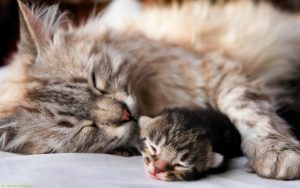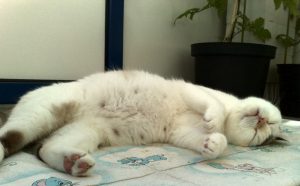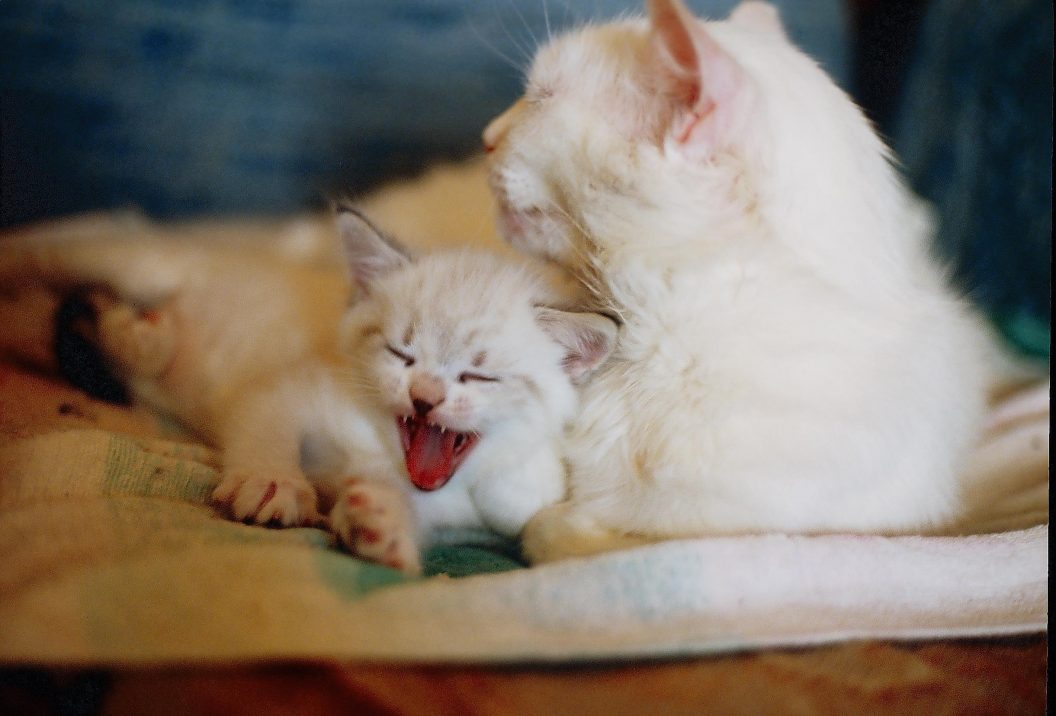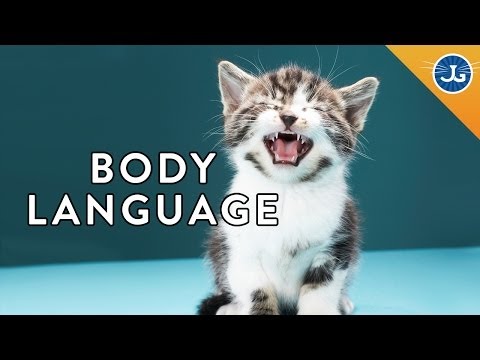
Only One Kitten or More Inside?
Frequently owners experience that their cat only had one kitten and then apparently stopped. The first question that comes to mind is: Are there still kittens inside? Then after some time, anxiety begins to set in and other questions crop up: Did I do something to interrupt her labor? Is just one kitten normal? How long should I keep waiting? Should I take her to the veterinarian now or should I just observe her first and take her later? The list goes on. If circumstances allow, it is best to bring your queen to the veterinarian’s office. For your peace of mind, a quick x-ray or ultrasound procedure can determine if she still has kittens inside and how many. If you wish so, you can have her confined and the veterinarian’s staff can observe her. If she has any trouble giving birth to the remaining kittens later on help will then be immediately on hand.Is My Queen Having Interrupted Labor or Difficult Birth?
If circumstances preclude you from taking her to the veterinarian immediately, below is a quick rundown on what to watch out for and how long to wait:- Normal birth interval between kittens is 10 minutes to 1 hour but may be up to 3 hours.
- The entire birthing process will usually be complete between 1 to 12 hours, sometimes up to 24 hours.
- The queen may have gone into a state called “Interrupted Labor”. This is a normal occurrence in cats and not necessarily a result of the pet parent having done something to interrupt the cat’s labor. During this period, the queen ceases to strain, will rest and nurse happily, will eat and use the litterbox. This stage can last for between 24 to 36 hours after which straining and birth of subsequent kittens should recommence, otherwise, have the queen seen by the veterinarian.
- The queen may be having “dystocia” or difficult birth. There are many possible reasons for this condition which the veterinarian can identify. You will see your queen straining for more than 20 minutes already without producing a kitten. Or sometimes a kitten is visible at the opening of the vulva but cannot properly come out, even when the queen has been straining for more than 10 minutes already. The queen will be in obvious distress and show signs of pain and exhaustion. You will see her restless, panting, constantly crying and sometimes you may observe a foul-smelling discharge from her vulva. This condition is an emergency and take her to the veterinarian’s office immediately.
What happens next
 I would recommend that in distress or not, please do not wait too long before taking your cat to the veterinarian’s office for a check-up. There could still be kittens inside the mother’s womb, so the fate and well-being of the mother and her kittens will depend on how quickly any problem in the birthing process is identified and dealt with.
Cesarean section is the surgical operation for delivering an offspring by cutting through the wall of the mother’s abdomen (also known as C/S). If needed, the cesarean procedure will only be successful if the mother is neither too ill nor too exhausted. I have encountered cases when the pet owner waited too long to have the pet seen by the veterinarian and C/S done so no kittens survived. I felt it was such a waste because the pet owner still had to pay for the C/S anyway and had it been performed earlier, the kitten’s lives may have been saved. Kittens that have passed away in the uterus can also cause infection. This could bring more complications and expenses in the long run.
I would recommend that in distress or not, please do not wait too long before taking your cat to the veterinarian’s office for a check-up. There could still be kittens inside the mother’s womb, so the fate and well-being of the mother and her kittens will depend on how quickly any problem in the birthing process is identified and dealt with.
Cesarean section is the surgical operation for delivering an offspring by cutting through the wall of the mother’s abdomen (also known as C/S). If needed, the cesarean procedure will only be successful if the mother is neither too ill nor too exhausted. I have encountered cases when the pet owner waited too long to have the pet seen by the veterinarian and C/S done so no kittens survived. I felt it was such a waste because the pet owner still had to pay for the C/S anyway and had it been performed earlier, the kitten’s lives may have been saved. Kittens that have passed away in the uterus can also cause infection. This could bring more complications and expenses in the long run.
Just One Kitten! Keep an Eye on Kitten and Mom
In case your queen really had only one kitten, one anticipated problem is that a single kitten may not be able to capture her mother’s interest and she may abandon her baby. If you observe this happening, keep watch over the mother. Allow her to walk away when she wants to but always take and return her to her kitten when it’s time to nurse and guide the kitten to the mother. Weigh the kitten periodically to make sure she is getting enough nutrition from Mom and is gaining weight steadily. Do this until the kitten is old enough to eat and drink on its own. As for our Kitcat, after waiting for 10 hours without her delivering additional kittens, we had x-rays and C/S done. To our excitement two more kittens, both handsome boys came out. The next (and last) time Kitcat gave birth, this time she indeed had only one kitten, a beautiful little girl! Over the course of the years, I have had two queens giving birth to only one kitten. Although relatively rare, this is by no means abnormal. Cats can have anywhere between 1-12 kittens with an average of 4 in a litter. I am always so delighted to say that these two singleton kittens I have are two of the most intelligent and most confident cats in our clowder! If your queen had a singleton kitten, love that very special kitten to pieces!Pregnant cat care
A pregnant cat will need to eat more than usual, especially in the last three to four weeks when she needs about 25% more food. Feed your cat regularly a high-quality, species-appropriate food that is grain- and sugar-free and high in protein. Continue this feeding routine while your cat is lactating as she will then be using twice her normal energy needs.
Water is also vital to your cat’s health. Therefore, make sure that pregnant, parturient, and lactating cats always have access to fresh water. Ceramic cat drinking fountains are helpful as they use running water to encourage the cat to drink more, thereby ensuring that your cat is properly hydrated.
We are Miaustore and we developed ceramic cat water fountains to keep your cats happy, healthy, and hydrated!
If you enjoyed reading this article then check out one of our others here.

